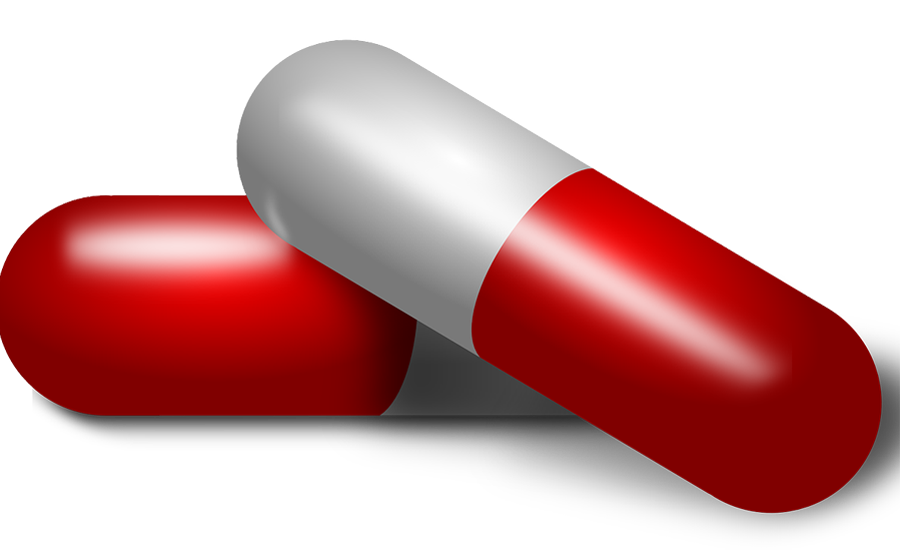When you pick up your prescription…
You may get extra counseling

The Food and Drug Administration (FDA) is developing new guidance intended to help make people fully aware of the abuse or addiction possibilities of the prescriptions they’re taking.
Drug Abuse and Dependence Section of Labeling for Human Prescription Drug and Biological Products - Content and Format doesn’t just deal with prescription medications that are scheduled under the Controlled Substances Act (CSA). Medications not scheduled under the CSA that have dependence potential are also addressed.
Addiction information is important
According to a statement by the FDA, the goal is to “help ensure that information in product labeling on abuse, misuse, addiction, physical dependence and tolerance is clear, concise, useful and informative. Details about a product’s abuse-deterrent properties should also be presented in this section, when applicable. Additionally, the draft guidance provides recommendations on how to present information about applicable drug products in a consistent manner where possible within, and across, drug and therapeutic classes to inform decisions and facilitate the safe and effective use of medications.”
Opioids aren’t the only drugs that pose a risk. Other drugs can be habit-forming as well, such as certain medications used to treat insomnia and attention deficit hyperactivity disorder.
Patient counseling is the key
The FDA calls patient counseling by health care professionals about the potential for dependency to develop with certain medications “incredibly important,”
“We recognize that the choice of which medication to use, if any, for a particular patient is often a complex decision. These decisions involve a number of factors, such as assessing the progression of the disease or condition; looking at the other medications being taken; evaluating the ability of the patient to follow treatment regimens and instructions to help ensure safe use of a medication; and sometimes, assessing the risk of abuse and dependence of a medication for a particular patient.”
This draft guidance recommends that terminology used in the Drug Abuse and Dependence section – such as abuse, misuse, addiction, physical dependence and tolerance – be defined in labeling to ensure common understanding. Because these terms are commonly confused or misinterpreted, the FDA has included recommended definitions for the purposes of labeling. The draft guidance clarifies, for example, that a person who takes a friend’s prescription opioid medication to relieve tooth pain is misusing the medication; if that person takes a friend’s opioid to get a euphoric high, that use represents abuse of the medication.
Looking for a reprint of this article?
From high-res PDFs to custom plaques, order your copy today!






